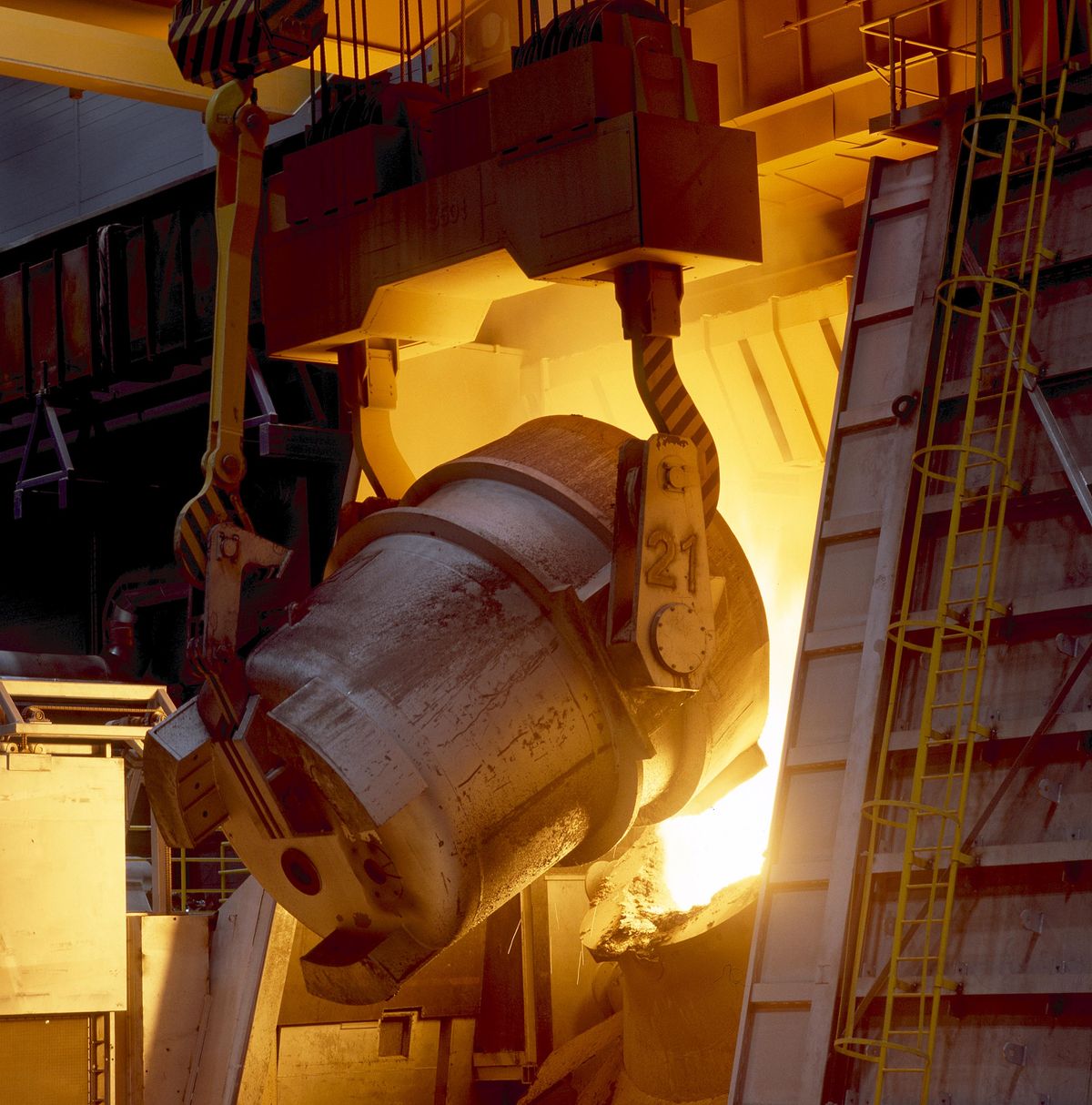Address
No.108 Huaguang Road,Zibo City,Shandong Province,China
Work Hours
Monday to Friday: 9AM - 5PM
Address
No.108 Huaguang Road,Zibo City,Shandong Province,China
Work Hours
Monday to Friday: 9AM - 5PM

The coke oven is the core equipment of a coking plant, serving as a complex and continuously operating thermal device. As previously mentioned, the coke oven consists of components such as the carbonization chamber, combustion chamber, regenerator, oven top, inclined flue, small flue, and foundation. Constructing a 42-chamber 58-I type coke oven requires 6,557 tons of refractory materials, including 4,352 tons of silica bricks, accounting for 66.4%. During its 20–25-year operational lifespan, most of the oven’s masonry is not easily repaired under high temperatures. Therefore, the refractory materials used must meet the demands of the coking production process to ensure long-term reliability.
Given the characteristics of coking production, the refractory materials used in oven construction have specific fundamental requirements. Different parts of the coke oven body perform distinct functions, endure varying temperatures, bear structural loads, and face mechanical wear and chemical corrosion. Thus, the refractory materials for each section must possess different properties.
The partition wall between the carbonization chamber and combustion chamber, for instance, must withstand temperatures exceeding 1,550°C in the main flue during normal operation while serving as the medium for heat transfer required for coking. This necessitates refractory materials with excellent thermal conductivity at high temperatures. Additionally, this wall bears the structural load from the upper masonry and the weight of the coal charging car on the oven top, requiring materials capable of maintaining shape under high-temperature loads.
The carbonization chamber walls are exposed to erosion from ash, slag, moisture, and acidic gases. Methane can also penetrate brick pores, leading to carbon deposition. The bottom of the main flue is subject to slagging caused by coal dust and contaminants, demanding materials with high-temperature corrosion resistance. During coal charging, the chamber wall temperature drops sharply from around 1,100°C to 600–700°C, requiring refractory materials that can withstand rapid temperature changes above 600°C. Moreover, due to the impact of coke pushing, the bricks at the bottom of the carbonization chamber must exhibit high wear resistance.
The combustion chamber’s oven ends experience significant temperature differences between inner and outer walls, drastic temperature fluctuations during coal charging, and pressure from the protective plates. Thus, the refractory materials here must offer strong thermal shock resistance and compressive strength.
The checker bricks in the regenerator endure a temperature gradient of approximately 1,000°C between upper and lower layers, with fluctuations of 300–400°C between upward and downward gas flows. Therefore, these bricks must feature high bulk density and exceptional thermal shock resistance.
Clay bricks are manufactured products made from calcined refractory clay (grogg) and a portion of soft refractory clay (bonding clay) through processes such as crushing, mixing, molding, drying, and firing.The primary mineral component of clay bricks is kaolinite, which constitutes the main substance of refractory clay and kaolin. Its chemical composition consists of Al₂O₃·2SiO₂·2H₂O, accounting for over 90%, while the remaining.6–7% comprises impurities such as K₂O, Na₂O, CaO, MgO, TiO₂, and Fe₂O₃.
VUULCAN manufactures high-quality refractory bricks tailored to specifications, with customizable options and worldwide shipping.